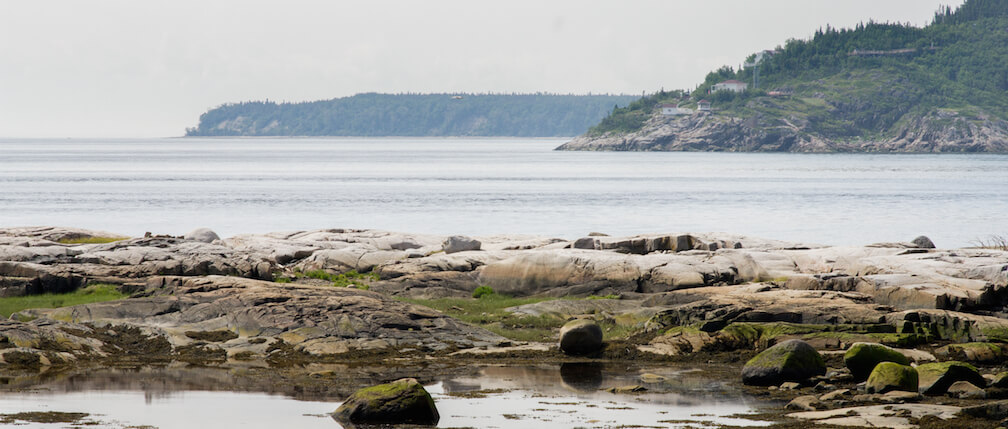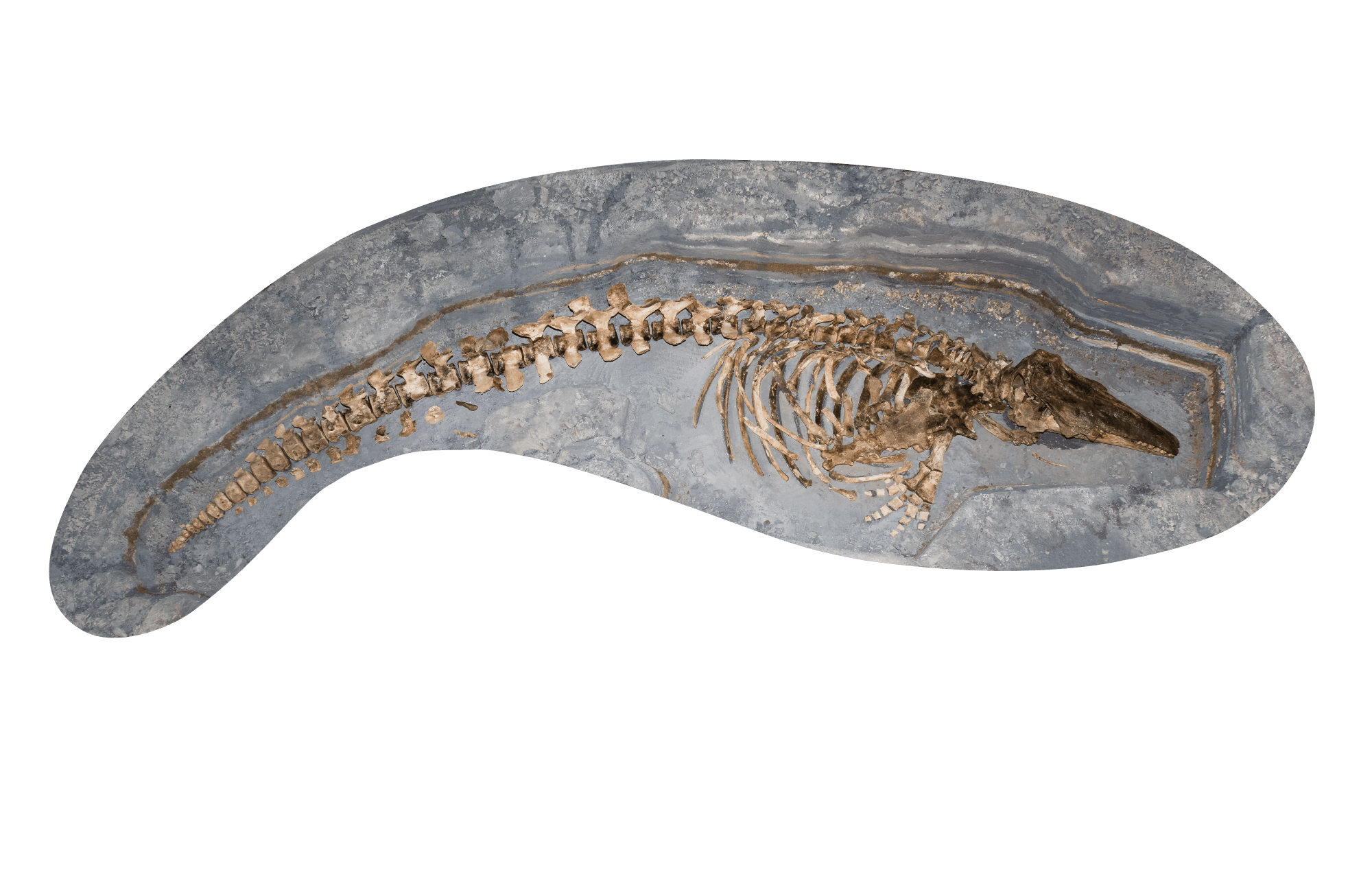Tadoussac’s Marine Mammal Interpretation Centre (CIMM) will open its doors on June 7. After months in the dark, the fifteen whale skeletons can once again be admired by visitors.
The exhibition hall will be open daily from 10 a.m. to 5 p.m. until June 21, and then from 9 a.m. to 6 p.m. for the remainder of the summer. For health reasons, the maximum capacity of the premises has been reduced to approximately thirty people. No reservations are required. This reduced capacity makes it easier to approach and chat with the naturalists on duty, who will be pleased to share their knowledge and stories about whales and answer all your questions.
Since the CIMM is located right at the mouth of the Saguenay Fjord, visitors waiting to enter the museum are sometimes entertained by a group of belugas passing by or a foraging minke whale. Observations are then commented and interpreted by a naturalist posted on the rocks.
New giants
After several years of being on display at Montréal’s Biodôme, the subfossil (i.e. a skeleton that has not completely fossilized) of Félix the beluga, discovered in Saint-Félix-de-Valois in Lanaudière 20 years ago, is joining the CIMM collection this year. But what was this beluga doing so far from the St. Lawrence? To find out, one must go back 10,700 years, the age of the subfossil. At that time, the region was covered by the Champlain Sea, which was home to several species of marine mammals, including belugas. The discovery of Félix the beluga in Lanaudière is therefore testimony to the history of this species of the St. Lawrence over the centuries. The fossil is displayed in a pit excavated in the floor of the exhibition hall and topped with a glass floor.
Last year, three new skeletons made their debut in an expanded exhibition: a fin whale, a juvenile humpback and a right whale. Also new for the 2020 season: the skeletons sing and glow in the Whale Ballet, an activity that masterfully combines music and lighting.
To gawk at the largest collection of marine mammal skeletons in Canada, interact with seasoned naturalists and learn more about scientific research, the Marine Mammal Interpretation Centre is a must.







